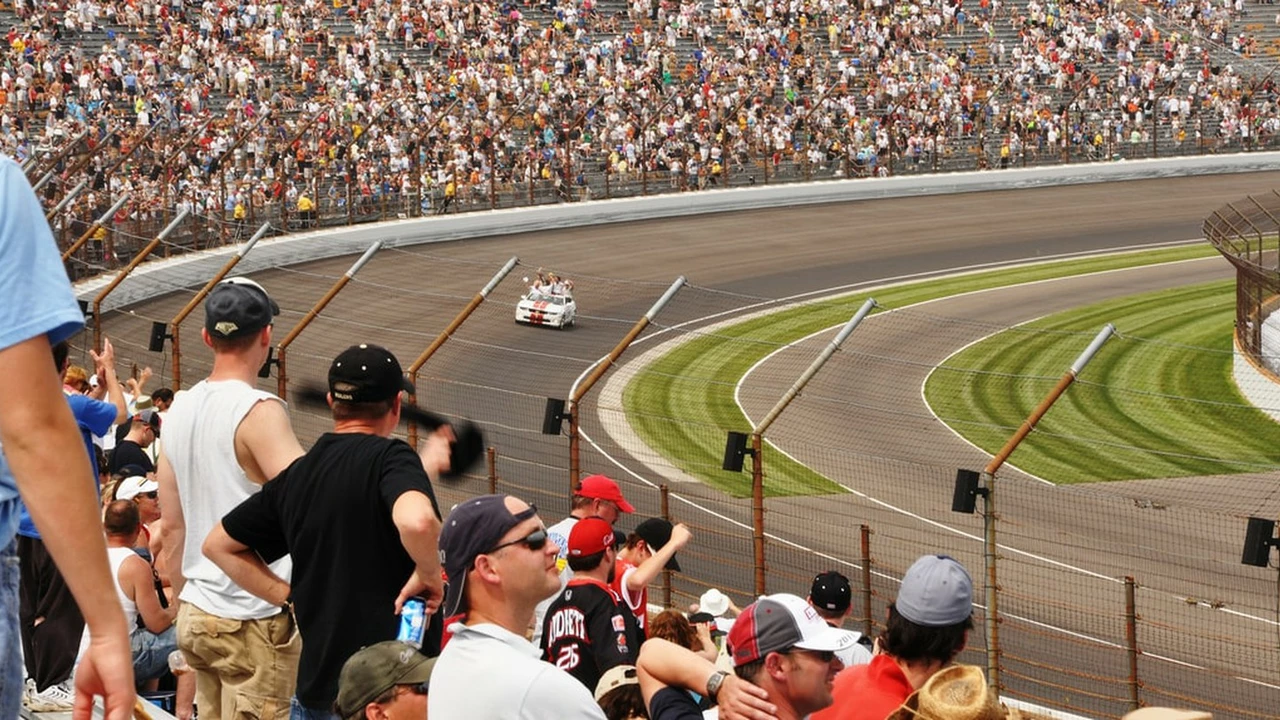How does the Indianapolis racing line work?
- Post By Landon Speedwell
- on Jul 19 2023
- 0 Comments

The Basics of the Indianapolis Racing Line
As a car racing enthusiast, I've always been fascinated by the Indianapolis Motor Speedway and the racing line that has been carved out on its legendary track. The iconic 2.5-mile oval circuit, often referred to as the "Brickyard," has a unique racing line that sets it apart from other race tracks. The racing line is the optimal path around the track that the drivers aim to follow to achieve the fastest lap times. It's a complex system of arcs and tangents, and understanding it can elevate your appreciation for the sport.
The Importance of the Racing Line
The racing line is crucial in any form of motor racing, not just in IndyCar. It's the fastest route around the track and the one that allows drivers to maintain the highest possible speed. This is because the racing line reduces the need for sharp turns, which can slow the car down. When you're watching a race, you can see how the drivers are always trying to follow this line as closely as possible. It's a dance of precision and speed, and it's what makes motor racing so exciting.
Understanding the Geometry of the Racing Line
One of the interesting things about the Indianapolis racing line is its geometry. It's not just a simple oval – it's a complex shape with four distinct turns, each with a different radius. The racing line is designed to take advantage of these differences and to minimize the time spent in each turn. It's a fascinating study in physics and geometry, and it's one of the things that makes the Indianapolis Motor Speedway so unique.
Analyzing the Turns
Each of the four turns at the Indianapolis Motor Speedway is unique, and understanding them is key to mastering the racing line. The first turn is the fastest, with a wide entry and a tight exit. The second turn is slower, with a narrow entry and a wide exit. The third turn is similar to the first, but with a slightly smaller radius. The fourth turn is the slowest, with a narrow entry and a tight exit. Each of these turns presents a different challenge to the drivers, and mastering them is critical to achieving a fast lap.
The Role of Car Setup
Car setup also plays a crucial role in how drivers navigate the racing line. The setup of the car can affect its handling, speed, and stability on the track. It can also affect how the car reacts to the different challenges presented by the four turns. This is why teams spend so much time testing and tweaking their cars before the race. It's not just about having the fastest car – it's about having a car that can handle the unique demands of the Indianapolis racing line.
Strategy and Race Tactics
Race strategy and tactics are also a big part of navigating the racing line. Deciding when to push hard and when to conserve fuel or tires can make a big difference in the outcome of the race. This is where the driver's skill and the team's strategy come into play. It's a high-stakes game of chess at 200 miles per hour, and it's what makes the Indianapolis racing line so thrilling to watch.
The History and Evolution of the Indianapolis Racing Line
The Indianapolis racing line has a rich history and has evolved over time. From the early days of the track, when it was a simple dirt oval, to the modern, high-speed circuit we see today, the racing line has always been at the heart of the action. It's a testament to the skill and courage of the drivers who have tackled it over the years, and it's a crucial part of the lore and allure of the Indianapolis Motor Speedway.
- indianapolis
- racing line
- work
- race strategy